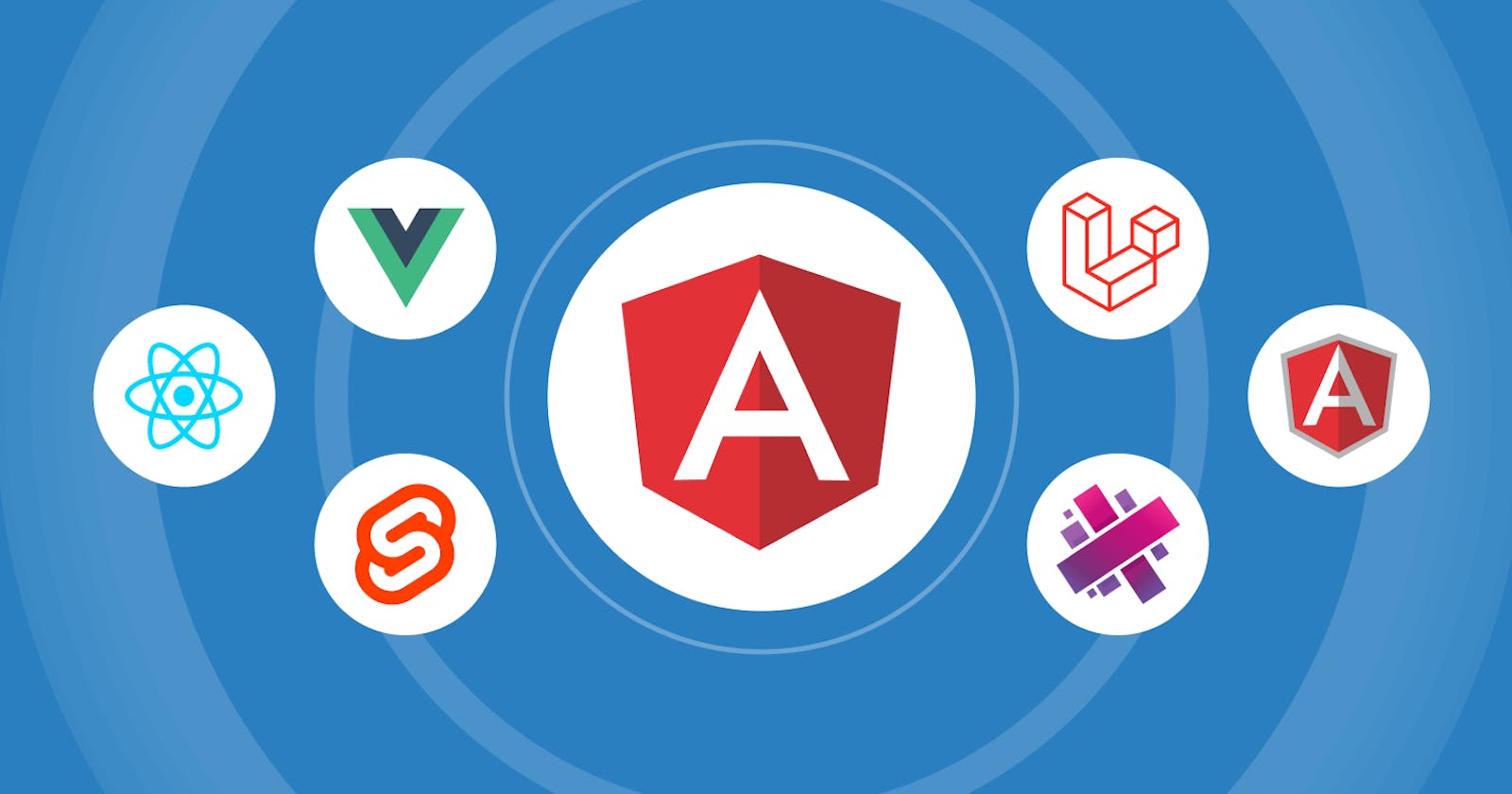Table of contents
Angular.js, often referred to as Angular 1. x, is a powerful JavaScript framework developed by Google. It allows developers to build dynamic and interactive web applications by extending the HTML syntax and providing a structured approach to organizing and managing code.
If you are new to Angular.js, this article aims to provide you with a solid foundation to get started with this popular framework.
Why Angular.js?
Before diving into Angular.js, it's essential to understand why it gained popularity and what sets it apart from other JavaScript frameworks. Angular.js offers several key features that make it a go-to choice for many developers:
Two-way data binding: Angular.js provides a powerful data binding mechanism that enables automatic synchronization between the data model (JavaScript objects) and the UI components. Any changes made in the model are instantly reflected in the view, and vice versa, eliminating the need for manual DOM manipulation.
Dependency injection: Angular.js includes a built-in dependency injection system that simplifies the management of dependencies between different components of an application. This promotes modularity, testability, and code reusability.
Directives: Directives are a fundamental concept in Angular.js. They extend HTML with custom attributes and elements, allowing developers to create reusable components and define behaviour for DOM elements.
MVC architecture: Angular.js follows the Model-View-Controller (MVC) architectural pattern, separating concerns and promoting the organization of code into distinct modules. This approach enhances the maintainability and scalability of applications.
Getting Started
To start using Angular.js, you need to include the Angular.js library in your HTML file. You can download it from the official website (https://angularjs.org/) or include it using a Content Delivery Network (CDN) link. Once you have included the library, you're ready to begin.
- Modules: Angular.js applications are organized into modules. A module is a container for different components, such as controllers, services, directives, and filters. It helps in keeping the code organized and provides a namespace for components. You can create a module using the
angular.module()method:
var myApp = angular.module('myApp', []);
In the example above, we create a module named 'myApp' with an empty array, which indicates that this module has no dependencies on other modules.
- Controllers: Controllers are responsible for handling the application logic and managing the data. They act as a bridge between the view and the model. You can define a controller using the
controller()method and attach it to a module:
myApp.controller('myController', function($scope) {
// Controller logic goes here
});
In the above code snippet, we define a controller named 'controller' and inject the $scope service, which provides a context for sharing data between the controller and the view.
- Directives: Directives are a powerful feature in Angular.js that allows you to extend HTML with custom functionality. They can be used to create reusable components, manipulate the DOM, handle events, and much more. You can define a directive using the
directive()method:
myApp.directive('myDirective', function() {
return {
// Directive configuration options
};
});
In the example above, we define a directive named 'directive' and return an object that specifies the directive's behavior and appearance.
- Data Binding: One of the core features of Angular.js is two-way data binding. It allows you to bind data from the model to the view and vice versa without manually manipulating the DOM. You can use the
ng-modeldirective to achieve data binding:
<input type="text" ng-model="name">
<p>Hello, {{
name }}!</p>
In the code snippet above, any changes made in the input field are automatically reflected in the paragraph below.
Conclusion
Angular.js provides a robust framework for building dynamic and interactive web applications. Its powerful features, such as two-way data binding, dependency injection, and directives, make it a popular choice among developers.
By understanding the core concepts outlined in this article, you now have a solid foundation to start exploring and building applications with Angular.js.
Remember to refer to the official documentation and explore tutorials and examples to deepen your knowledge and improve your skills with this versatile framework. Happy coding!

